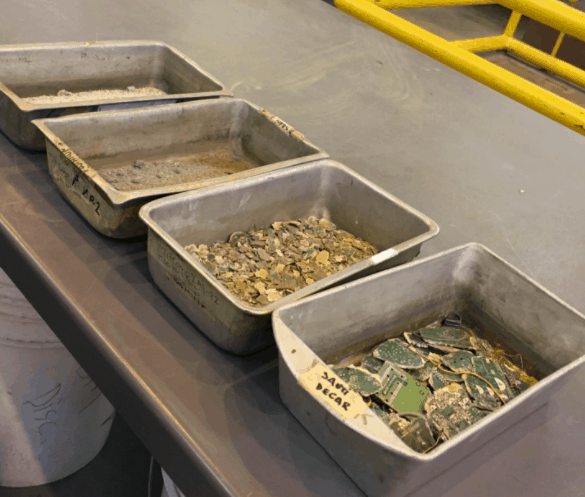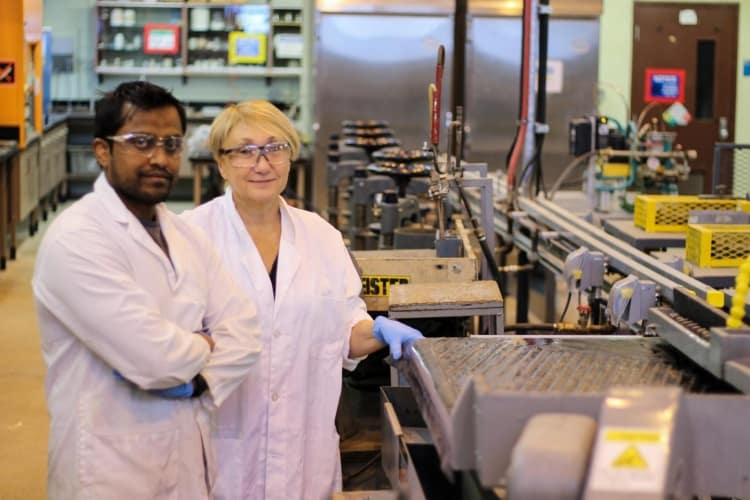
(Credit: Lou Bosshart)
Developed by researchers at the University of British Columbia (UBC), the method can cleanly separate the materials due to their different densities. While precious metals such as gold, silver and palladium are often recovered from smartphones, the underlying printed circuit boards made from fibreglass and resin are usually sent to landfill or incinerators. By recovering and reusing these materials, the UBC team hopes to greatly reduce the environmental impact of electronics, moving towards a zero-waste smartphone.
"Discarded cell phones are a huge, growing source of electronic waste, with close to two billion new cell phones sold every year around the world and people replacing their phones every few years," said UBC mining engineering professor Maria Holuszko, who led the research.
"The challenge is to break down models that can no longer be reused into useful materials - in a way that doesn't harm the environment."
Alongside PhD student Amit Kumar, Holuszko developed a process that uses gravity separation in combination with other simple physical techniques to process smartphone fibreglass and resins in an environmentally neutral fashion.

Kumar and Holuszko (Credit: Clare Kiernan, UBC)
"The key here is gravity separation, which efficiently separates the fibreglass from the resin by using the differences in their densities,” said Kumar. “The separated fibreglass can then be used as a raw material for construction and insulation. In the future, if we can find a way to improve the quality of the recycled fibreglass, it may even be suitable for manufacturing new circuit boards."
The researchers are now looking into developing a large-scale commercial model of the process, in partnership with Ronin8, a local recycling company that separates the different plastics, fibres and metals in electronic waste streams without using toxic chemicals or losing precious metals.




Poll: Should the UK’s railways be renationalised?
I'm reminded of the old adage about stupidity is doing the same thing time and time again, expecting different results. The current model simply...